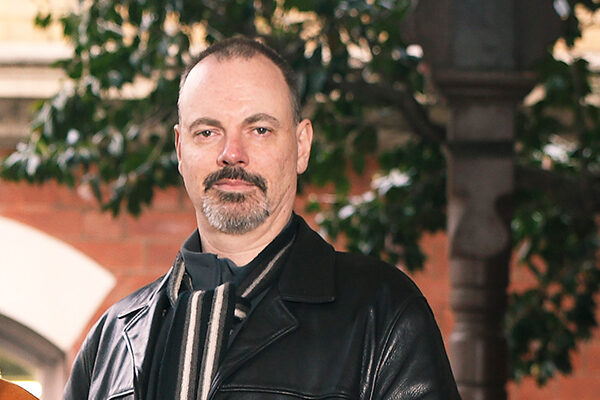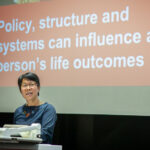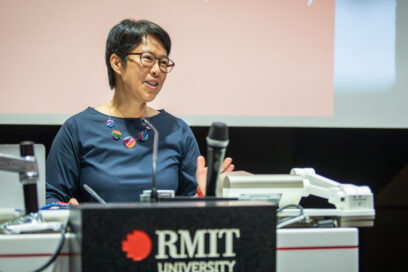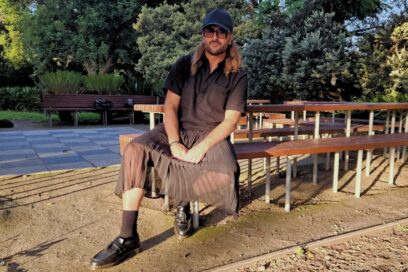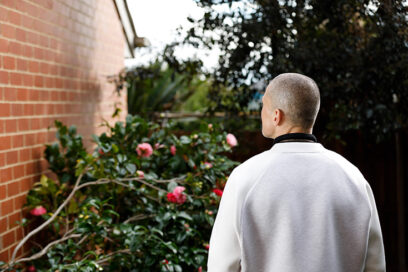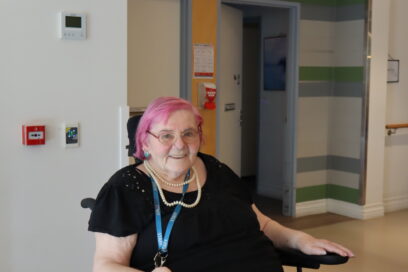Through our Pathways Support Workers clients can access case management services, housing waiting lists, along with support to access AoD and mental health services. We have an enduring partnership with Alfred Hospital Psychiatry, which provides enhanced pathways to treatment, along with secondary consultation to hub workers. Increasingly workers are assisting clients with digital literacy, supporting them to access websites for supports such as My Aged Care. Not everyone owns a computer or mobile phone and without assistance many people struggle to access the burgeoning realm of web-based services.
It should not be underestimated how important it is for other community services to be able to locate their clients through our hub. Case managers from all over inner Melbourne visit us to connect with their clients and we are also a focal point for messages and mail. This helps provide people with consistent communication even when they are itinerant.
Our engagements with service users can go in many potential directions – we refer and connect people to longer term support through case management and social housing options via our internal allocations system. There are also wellbeing opportunities, including osteopathy, hearing tests, podiatry, optometry, substance use support groups, yoga and music group. Many of these activities were provided at client requests.
To ensure that people remain housed, we use a sustaining tenancies framework. Workers are attentive to any client feedback about arising tenancy issues – problems with neighbours, maintenance issues, rent arrears – and work swiftly to ensure that supports are in place to prevent escalation or potential eviction. Monitoring the health of people’s tenancies is an important part of ensuring people don’t become homeless again.
During the lengthy peak of COVID-19, like countless other services, our sit-down community dining space was closed for a protracted period of over two years. We provided meals as a takeaway service. On the day we reopened this May, a returning client, Ben, a rough sleeper, grabbed himself a coffee and sat in our front garden. ‘I love this place,’ he told workers. ‘I feel like I can breathe and think when I come here.’ Ben has been assisted with housing.
This encapsulates what our project is all about. Our regular client feedback surveys demonstrate that there’s a strong enthusiasm for our approach. Last year some of the qualitative feedback included: ‘You don’t feel alone… you’re a part of something.’ ‘I value the support: people listen, you feed us. It is hard to describe how good it is. It saved my life.’
Effective client work begins with trust and a bonded relationship between the worker and the client. For people who are homeless and/or marginalised – who have experienced trauma and lack trust in ‘the system’ and who often feel isolated from and shunned by the wider community – a place of refuge is an important building block for positive transformation and reconnection with community. Psychiatrist Judith Herman, a leading practitioner in the field of complex trauma, reminds us that, “Recovery can only take place within the context of relationships; it cannot occur in isolation.” This has certainly been our experience and why we continue to privilege a relationship based approach.
This article was originally sourced from Parity, the publication of the Council to Homeless Persons.


